1. Introduction
According to the regulations of the United Nations Educational, Scientific and Cultural Organization (UNESCO), a country or region is considered to enter an aging society if the population aged 60 and above constitutes 10% or more of the total population, or if the population aged 65 and above constitutes 7% or more of the total population [1]. Currently, China has a population of over 160 million elderly individuals, increasing at a rate of nearly 8 million per year. Experts predict that by the year 2050, the elderly population in China will reach one-third of the total population. In the face of escalating aging issues, traditional home-based care models are insufficient to meet the demands. Professional senior apartments that integrate living, services, and healthcare are poised to be an excellent solution to address aging challenges and promote harmonious societal development [2]. Public spaces, as integral components of senior apartments, play a crucial role in the daily activities, neighborhood interactions, and life services of the elderly. While existing senior apartments have considered detailed and barrier-free design in the living spaces, the design of public spaces has not adequately addressed the diverse needs of the elderly. This research aims to explore public space models in senior apartments that cater to the varied needs of different types of elderly individuals, focusing on the principles of design for self-care, device-helping, and nursing care senior apartments, and their interrelationship with residential spaces. The study utilizes case analysis, grounded in the “three types” of elderly needs, and proposes design strategies for public spaces in “three types” senior apartments based on the current situation in China.
2. Analysis of “Three Types” Demands on Public Spaces in Senior Apartments
Elderly individuals are categorized into “three types” based on their physical conditions: self-care, device-helping, and nursing care. Self-care elderly individuals possess complete self-care abilities, device-helping elderly individuals have some self-care ability but rely on tools such as wheelchairs and canes, and nursing care elderly individuals lack self-care abilities, primarily bedridden, and require care from caregivers. Public spaces in senior apartments encompass activity spaces, service spaces, and medical spaces. The “three types” of elderly individuals have different physiological and psychological characteristics, leading to varied demands on public spaces. Therefore, the design of public spaces should be based on the characteristics of the elderly, satisfying their diverse activity and functional requirements, providing better communication and healthcare services.
2.1. Analysis of “Three Types” Senior Apartment Cases:
Common senior apartments are categorized into three types: self-care (independent) senior apartments, device-helping (service) senior apartments, and nursing care (care) senior apartments. This paper selects three cases for each type and compares and analyzes their activity spaces, service spaces, and floor plans to summarize the characteristics of their public space designs (Table 1, 2, 3).
Table 1. Summary of Self-Care Senior Apartment Cases:
Apartment | Fair Oaks Apartments, USA (Figure 1) | Rainbow Villa Senior Apartments, Hong Kong [3] (Figure 2) | Sant Andreu Senior Apartments, Barcelona, Spain [4] (Figure 3) |
Characteristics | Comprehensive support services | Integrated living, healthcare, and recreational facilities in a “one-stop” housing solution | Integration with the urban environment |
Activity Spaces | Rich activity spaces; Specialized activity rooms (computer room, flower room, etc.) | Swimming pool, massage pool, fitness center, library, multipurpose hall, multifunctional activity room, craft ceramics room | Layered public senior leisure garden integrated with the building |
Service Spaces | Daily services such as dining and laundry; Virtual services like telephone, television, call systems | Nursing beds, daytime care centers, and medical clinics | Social service center, psychological counseling center, rehabilitation fitness space |
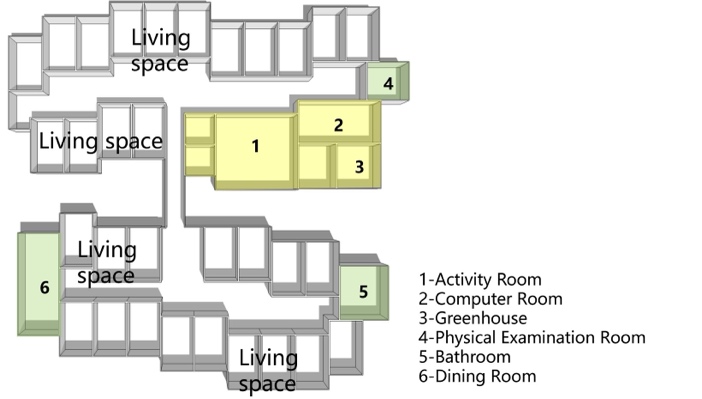
Figure 1. Floor Plan of Fair Oaks Apartments, USA
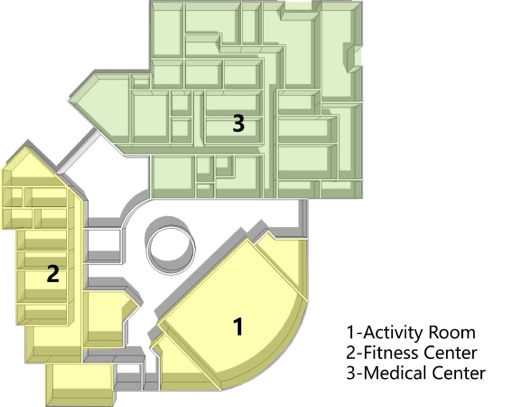
Figure 2. Ground Floor Plan of Rainbow Villa Senior Apartments, Hong Kong
Figure 3. Floor Plan of Sant Andreu Senior Apartments, Barcelona, Spain(Note: All images in this paper are original creations of the author.)
Self-care senior apartments prioritize the daily activities of the elderly, providing features like libraries, communication centers, fitness centers, computer rooms, flower rooms, craft ceramics rooms, and leisure gardens. These public spaces are often centrally located within the apartment complex and have distinct boundaries from the residents’ living.
Table 2. Summary of Device-helping Senior Apartment Cases
Apartment | Kokoro Senior Apartments, San Francisco, USA [5] | Jasmine Senior Apartments, Singapore [3] | The Avenue Senior Apartments, USA [5] |
Characteristics | Japanese elderly apartment on the site of a former church | Fine and barrier-free design | Senior apartments in a bustling urban area |
Activity Spaces | Dining hall also serves as a venue for entertainment, gatherings, and fitness exercises. A book corner and administrative office space are arranged on one side of the corridor, with a resting area for guests on the other side. | Activity rooms, reading corners, gym within the apartment; provides a community platform for interaction | Community public activity center, including guest rooms, large dining hall, small dining hall for family or friends gatherings, sun terrace, computer room, multifunctional recreation room, beauty salon, and office. |
Service Spaces | Enclosed courtyard between old and new buildings for residents to enjoy sunlight and plant flowers | Wellness center in the community; apartment clinic | Lounge, nursing station, bathhouse, shared kitchen, and outdoor leisure small garden. |
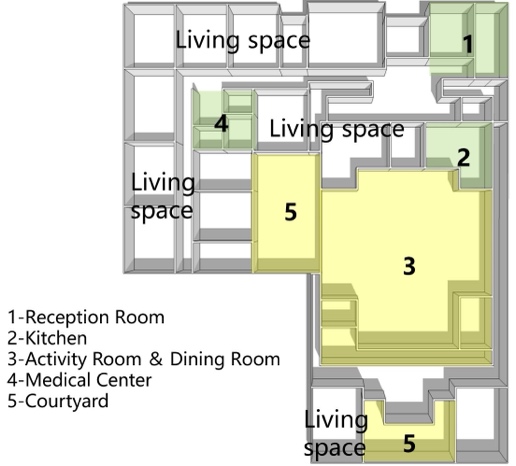
Figure 4. Floor Plan of Kokoro Senior Apartments, San Francisco
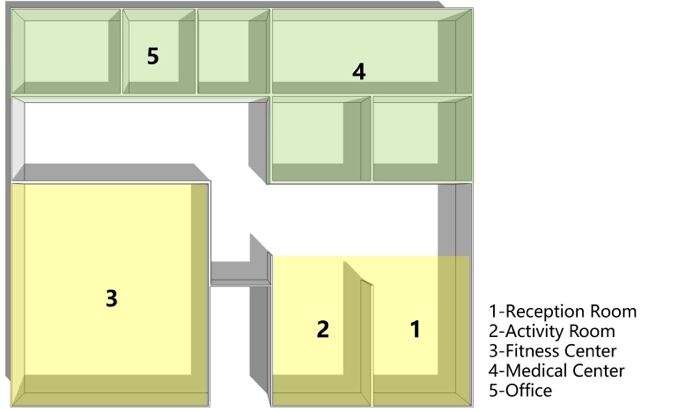 Figure 5. Floor Plan of Jasmine Senior Apartments, Singapore
Figure 5. Floor Plan of Jasmine Senior Apartments, Singapore
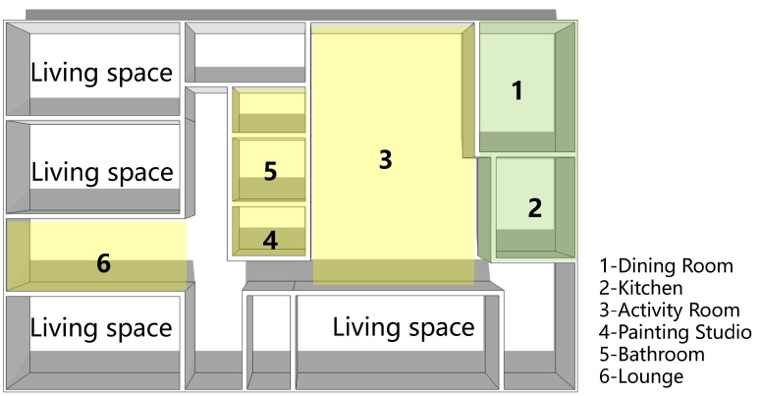
Figure 6. Floor Plan of The Avenue Senior Apartments, USA
Device-helping senior apartments emphasize close connections between elderly individuals and society. The design integrates public spaces, especially service spaces, with the layout of elderly residents’ living spaces, making it convenient for assisted elderly individuals to access. Additionally, these apartments provide comprehensive medical services.
Table 3. Summary of Nursing Care Senior Apartment Cases
Apartment | Special Care Building in the Sofielund Elderly Community, Denmark [6] | Tokyo Tamagawa Nursing Home, Japan [7] | Sawayano Nursing Home, Japan [8] |
Characteristics | Fully-caring apartments for dementia patients | Unit care model | Emphasis on the care process |
Activity Spaces | Public activity center, entertainment facilities, massage center | Shared living room within care units; communication courtyard; rooftop platform | Communication courtyard; gardening activity space |
Service Spaces | Rehabilitation guidance space, care restaurant, community medical service center | Public kitchen within care units; medical services within care units | Ordinary nursing rooms; temporary care rooms; integrated with a hospital |
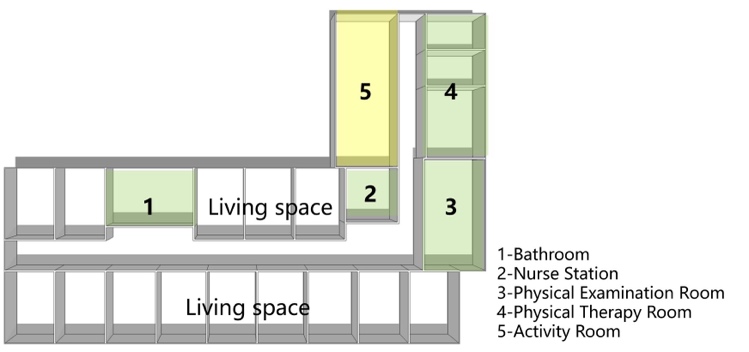
Figure 7. Floor Plan of the Special Care Building in the Sofielund Elderly Community, Denmark
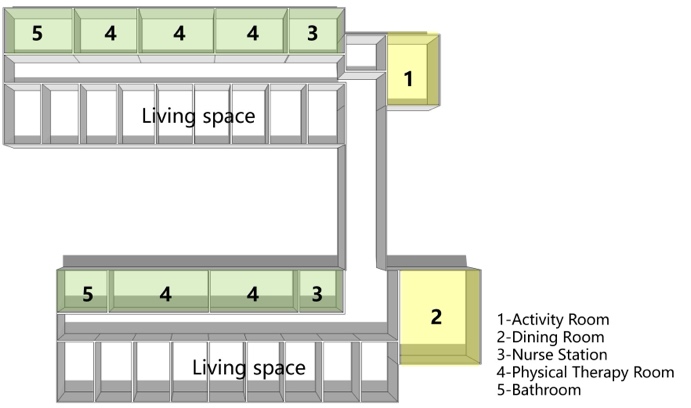
Figure 8. Floor Plan of Tokyo Tamagawa Nursing Home, Japan
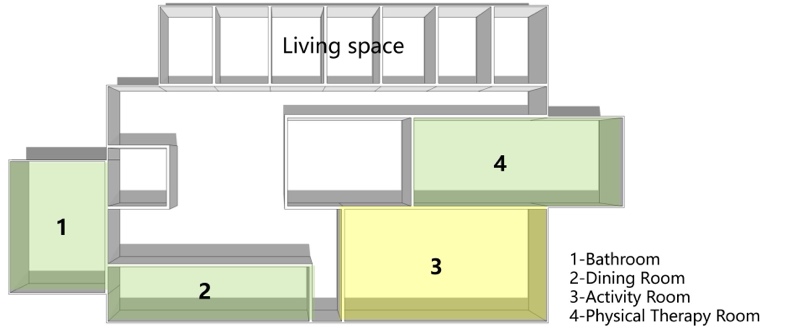
Figure 9. Floor Plan of Sawayano Nursing Home, Japan
Nursing care apartments emphasize the quality of care, requiring essential medical service facilities. Service spaces are arranged in close proximity to elderly living spaces, utilizing green plants and courtyards to enhance the comfort and sense of stay in public spaces.
2.2. Analysis of the Demands on Public Spaces in Senior Apartments for “Three Types”
Public spaces encompass activity spaces and service spaces, with service spaces including daily service spaces (dining, kitchen, laundry, etc.) and medical spaces (examination rooms, nursing rooms, therapy rooms, etc.). Through the analysis of the above cases, a comparative analysis was conducted on the distance between public spaces and living spaces, the proportion of different types of public spaces, the composition of activity spaces, and the composition of service spaces in the three types of senior apartments.
Overall, the life of self-care elderly individuals is relatively independent and private, with public spaces concentrated and distant from living spaces. Activity spaces have the highest proportion, daily service spaces are essential, and medical spaces have the smallest proportion but are indispensable. Device-helping public spaces are closer to living spaces and often combine into a whole. Activity spaces have the highest proportion, and the proportions of service spaces and medical spaces are close to that of activity spaces. Nursing care requires long-term care, with service spaces close to living spaces, while activity spaces are relatively distant. Medical spaces are the primary public spaces, and the proportions of activity spaces and daily service spaces are relatively small.
In terms of the functional composition of activity spaces, self-care apartments have the highest proportion of learning and entertainment spaces, followed by neighborhood interaction spaces. Device-helping apartments have the highest proportion of social interaction spaces. Nursing care apartments have a relatively smaller overall proportion, with little difference between the types. In terms of the functional composition of service spaces, self-care apartments are mainly daily service spaces. Device-helping apartments have similar proportions of daily service and medical spaces. Nursing care apartments are mainly medical spaces.
Different types of senior apartments have different activity radii, compositions of public spaces, and focuses on activity spaces and service spaces. Due to the different physiological and psychological characteristics of the “three types,” public spaces in their corresponding apartments should strive to meet the diverse needs of the “three types” (Table 4, 5).
Table 4. Characteristics and Comparative Needs of “Three Types” for Public Spaces
Elderly Type | Self-Care | Device-helping | Nursing Care |
Apartment Type | Self-Care Senior Apartment | Device-helping Senior Apartment | Nursing Care Apartment Type |
Physiological Characteristics | Fully self-reliant, lacks calcium, osteoporosis, hunchback, height decrease, slow reactions | Semi-self-reliant, needs assistance with canes, wheelchairs, etc., requires caregiver assistance | Lack the ability to care for themselves and are bedridden for an extended period, professional companionship and medical care are required |
Psychological Characteristics | Sense of loneliness, reduced self-worth, hopes to engage in self-interests and hobbies | Sensitivity, poor psychological endurance, feelings of isolation | Low self-esteem, loss, and despair |
Required Services | Laundry, cleaning, psychological counseling, healthcare | Laundry, cooking, cleaning, psychological counseling, medical examinations, nursing, rehabilitation training | Laundry, meal delivery, cleaning, turning services, bathing, regular health check-ups, and medical nursing |
Main Activities | Reading, watching news, audio-visual entertainment, calligraphy practice, chatting, card games, handicrafts, performances, gardening | Reading, watching news, chatting over tea, card games, walking exercises, sunbathing | Enjoy rest, sun exposure, and scenic views |
Table 5. Corresponding Spaces and Characteristics of Main Activities for “Three Types”
Activity | Elderly Type | Required Spaces | Space Characteristics | ||
Self-care | Device-helping | Nursing care | |||
Reading and Watching News | √ | √ | Reading Room | Private, strong sense of intimacy, quiet | |
Audio-Visual Entertainment | √ | √ | Multimedia Room, Living Room | Relatively open | |
Calligraphy Practice | √ | √ | Calligraphy Room, Reading Room | Quiet | |
Chatting | √ | √ | Corridor, Tea Room, Living Room | Private, strong sense of intimacy | |
Card Games | √ | √ | Card Room, Recreation Room | Relatively open | |
Handicrafts | √ | Handicraft Room, Living Room | Private, strong sense of intimacy | ||
Performances | √ | Multi-function Room, Courtyard | Large area, more concentrated | ||
Gardening | √ | Flower Room, Balcony, Courtyard | Suitable area, good sunlight | ||
Walking Exercises | √ | Corridor, Courtyard, Gym | Barrier-free walking space and facilities | ||
Sunbathing | √ | √ | √ | Balcony, Courtyard, Roof | Good orientation, ample sunlight |
Enjoying the View | √ | √ | √ | Balcony, Courtyard, Roof | Good lighting, ventilation |
Public Kitchen | √ | √ | Self-service Restaurant, Kitchen | Adequate space, more concentrated | |
Medical Examinations | √ | √ | √ | Examination Room, Medical Room | Well-equipped facilities |
Rehabilitation Therapy | √ | √ | Therapy Room | Quiet, well-equipped medical facilities | |
For self-care elderly individuals with relatively strong self-care abilities, the need for nursing services is minimal. However, in centralized apartments, more spaces for entertainment, learning, and socializing are required. Device-helping elderly individuals have limited mobility, requiring nursing and rehabilitation therapy. Public activities are mainly static, such as reading, watching TV, and playing cards. Nursing care elderly individuals, bedridden for long periods, have fewer public recreational activities but high demands for medical rehabilitation.
3. Discussion on Public Space Design for Senior Apartments Based on the Needs of the “Three Types”
Through the above analysis, combined with the current situation of elderly care in China, strategies for the design of public spaces in three types of senior apartments are proposed, focusing on public space organization models, activity spaces, and service spaces.
3.1. Self-Care Senior Apartments with “Centralized” Arrangement of Public Spaces Independent of Living Spaces
Firstly, in self-care senior apartments, public spaces should be kept away from the living spaces of the elderly. These spaces can be set independently within the apartment (Figure 10) or independently within the elderly care community (Figure 11). On one hand, this approach avoids disturbing the daily lives of self-care elderly individuals. On the other hand, it promotes gathering, enhancing a sense of community and belonging, making public spaces essential places for neighborly interactions.
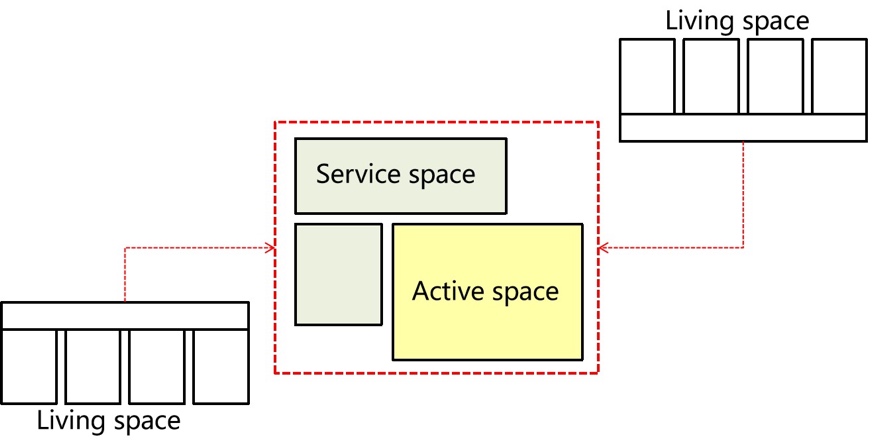
Figure 10. Independent Arrangement of Public Spaces within Senior Apartments
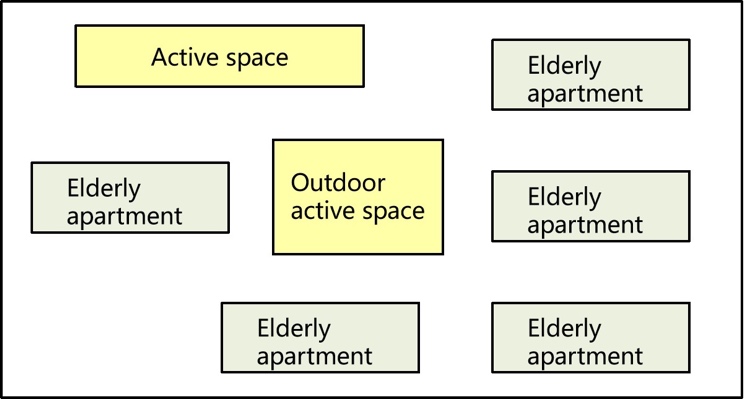
Figure 11. Independent Arrangement of Public Spaces within the Community
Secondly, for self-care elderly individuals with relatively strong self-care abilities, the activity spaces should be diverse. These spaces should include not only general activity spaces such as reading rooms, multimedia rooms, communal halls, and card rooms but also feature spaces like computer rooms, flower rooms, viewing rooms, and multifunctional halls.
Finally, as self-care elderly individuals have relatively healthy physical conditions and low requirements for medical services, the services provided by the apartment should be relatively comprehensive. On one hand, even though self-care elderly individuals do not need specialized treatment and care spaces, facilities like examination rooms and medical rooms must be available. Simultaneously, temporary care rooms should be set up to assist self-care elderly individuals who may temporarily require nursing. On the other hand, daily service spaces such as self-service kitchens and laundry rooms should be present, meeting the requirements for barrier-free accessibility.
3.2. Device-helping Senior Apartments with “Mixed” Arrangement of Public and Living Spaces
Firstly, in device-helping apartments, public spaces and living spaces are arranged in a “mixed” manner (Figure 12), forming a unified whole connected through corridors or courtyards. Due to the limited mobility of assisted elderly individuals, both activity and service spaces are organized to be close to their living spaces, creating no distinct boundaries. This design allows elderly individuals to feel a sense of comfort similar to “home” during entertainment, socializing, resting, and receiving medical care.
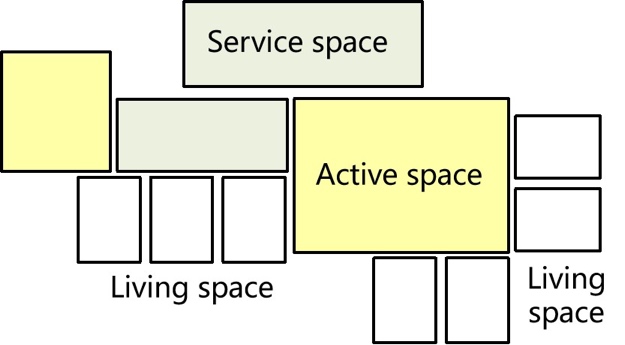
Figure 12. “Mixed” Public Spaces in Device-helping Senior Apartments
Secondly, multifunctional halls and activity communication halls are set up within the apartment, catering not only to residents but also welcoming community members [9]. This open public space not only compensates for the physical limitations of assisted elderly individuals but also alleviates their psychological sense of isolation and neglect. It maintains the elderly’s “social identity.”
Finally, corridors are often considered activity areas for the elderly. When external environments and physical conditions limit elderly individuals, they use corridor spaces for physical exercise by walking back and forth. Corridors are frequently visited spaces, effectively encouraging social interactions among the elderly [10]. Particularly for assisted elderly individuals, who need space for walking exercises, barrier-free corridors or halls are essential, facilitating walking exercises while providing seating for social interactions.
3.3. Comprehensive Configuration of Public Spaces in “Unit-Style” Nursing Care Senior Apartments
Firstly, in nursing care apartments, public spaces and living spaces are organized into a nursing unit (Figure 13). Each unit includes 8-10 bedrooms for elderly residents, along with an activity room, nursing station, laundry room, care room, washroom, therapy room, etc. Caregivers can uniformly attend to elderly individuals within a unit. Two to three nursing units are connected through public spaces, collectively forming a senior apartment.
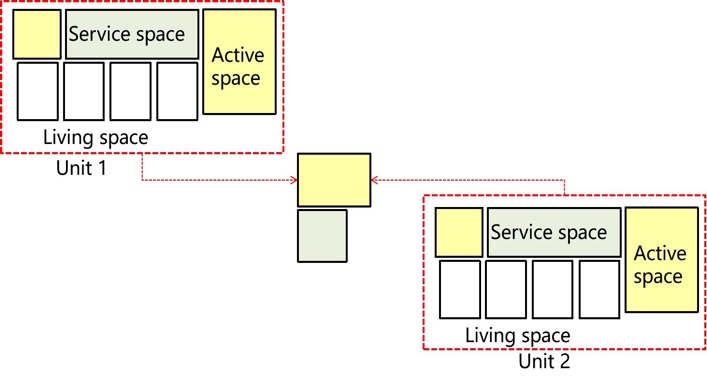
Figure 13. “Unit-Style” Public Spaces in Nursing Care Senior Apartments
Secondly, green wellness spaces are incorporated to instill hope in nursing care elderly individuals. Balconies, courtyards, and rooftops are adorned with green plants, meeting the elderly’s needs for viewing while creating wellness spaces in line with traditional Chinese health culture.
Finally, medical spaces are hierarchically set up as “General Care Rooms - Temporary Care Rooms - Specialized Care Rooms.” Different medical care spaces are arranged based on the physical condition of nursing care elderly individuals, optimizing medical resource allocation. The entire care process takes place within the same elderly care facility, enhancing acceptance among the elderly.
In China, most senior apartments are not exclusively one type of the “Three Types” but often involve mixed residency. Therefore, when designing public spaces, the needs of the “Three Types” should be simultaneously considered. Combining design strategies for public spaces in the “Three Types” can comprehensively meet the needs of the elderly, providing a better living space and environment for aging.
4. Conclusion
Public spaces in senior apartments not only accommodate all activities for the elderly except sleep but also play a crucial role in maintaining the lifestyle from before moving in and serving as the main carrier for the elderly’s spiritual life in their later years. Therefore, the design must not only address the inconvenience caused by aging but also recreate a sense of “home” for the elderly [11]. This paper proposes different organizational forms and design strategies for public spaces based on the needs of the elderly and the “Three Types.” Concentrated arrangement of public spaces, diverse activity spaces, and comprehensive daily services can increase the sense of belonging for self-care elderly individuals. Mixed arrangement of public spaces, barrier-free corridor spaces, and open communication spaces can promote social interactions and alleviate loneliness for assisted elderly individuals. In unit-style nursing care, green wellness spaces and hierarchically configured care spaces create a comfortable care environment for nursing care elderly individuals. The design of public spaces should adapt to the diverse requirements of the elderly for daily communication and activities, making public spaces comfortable places for entertainment, leisure, and aging, extending beyond living spaces.



